Range Rover Sport 2023 updates sporting luxury for a new era
The third-generation, 2023 Range Rover Sport blends luxury with go-anywhere zeal, options include a plug-in hybrid with a 460-mile range, and there’s a pure EV coming soon
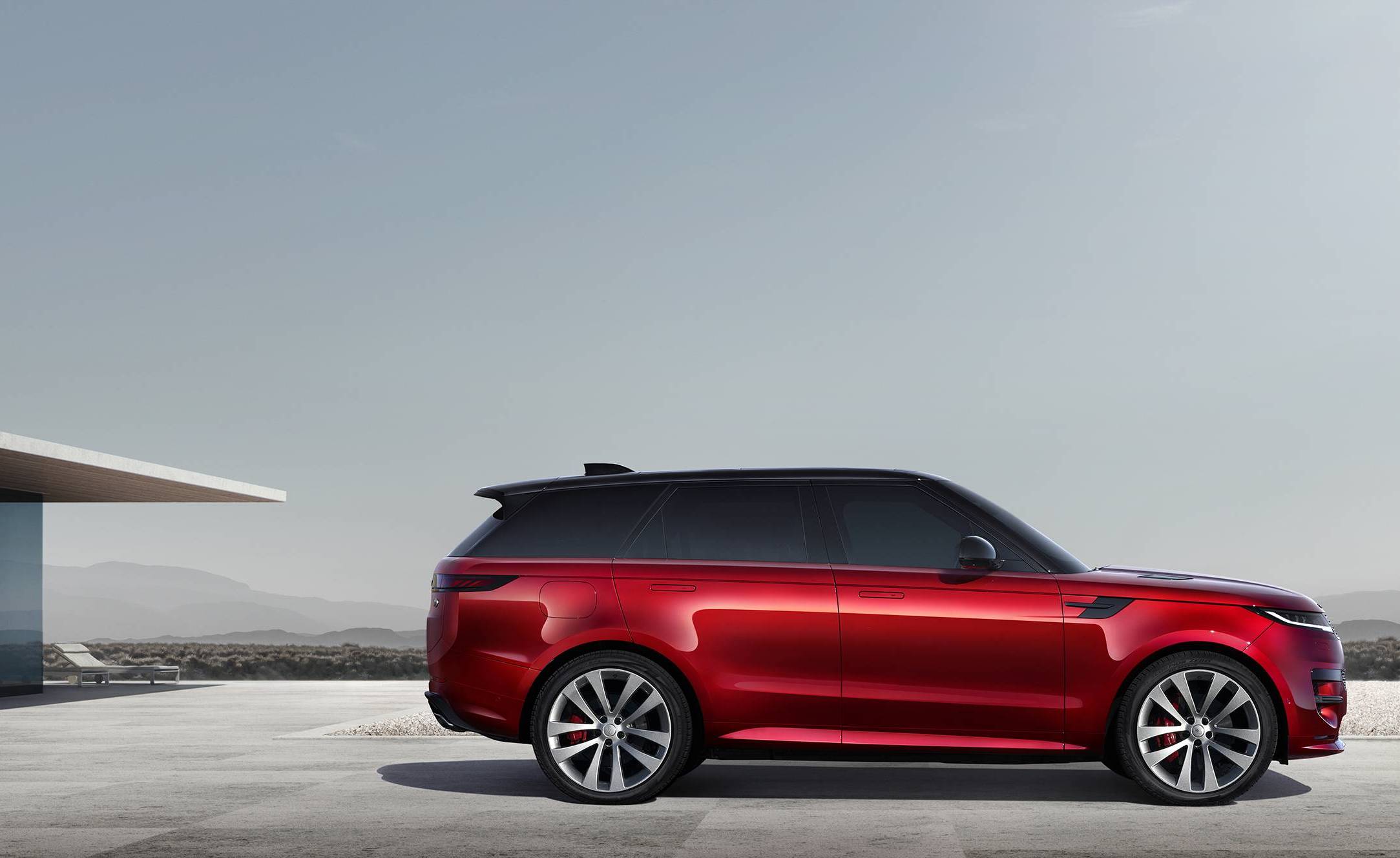
In the wake of the recently launched 2022 Range Rover, an all-new Range Rover Sport appears to cater to those who seek a bit more dynamic scope to their monumental driving machine.
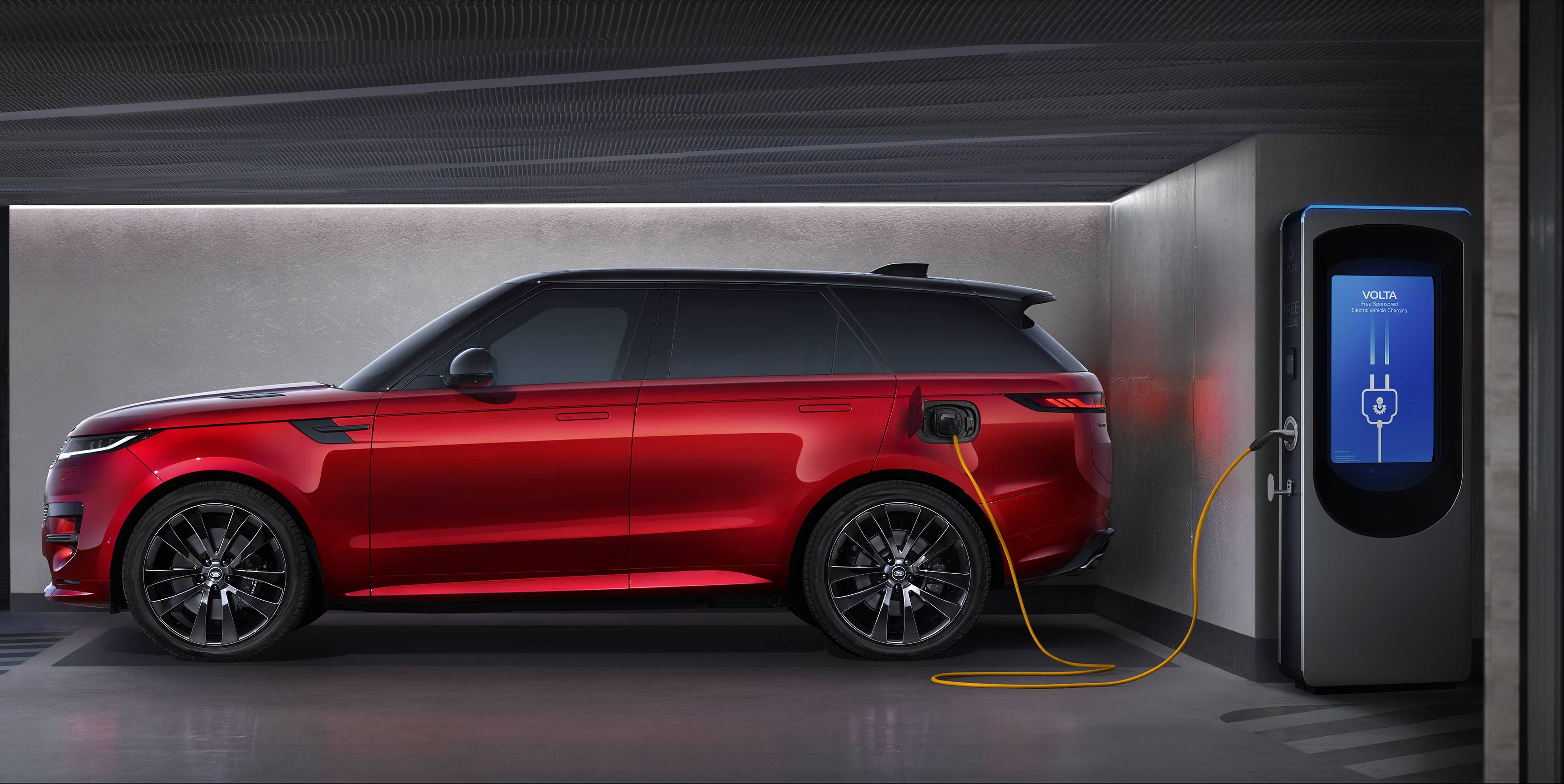
The original Range Rover Sport arrived all the way back in 2005, forging the way for the ‘Range Rover’ name to become a sub-brand in its own right, leaving Land Rover to produce slightly less sybaritic, more action/family orientated vehicles. Range Rover subsequently expanded still further with the introduction of the 2011 Evoque (now in its second generation) and the 2018 Velar.
The original Range Rover Sport was superseded by a second-generation model in 2013, which saw the introduction of hybrid power and performance versions.
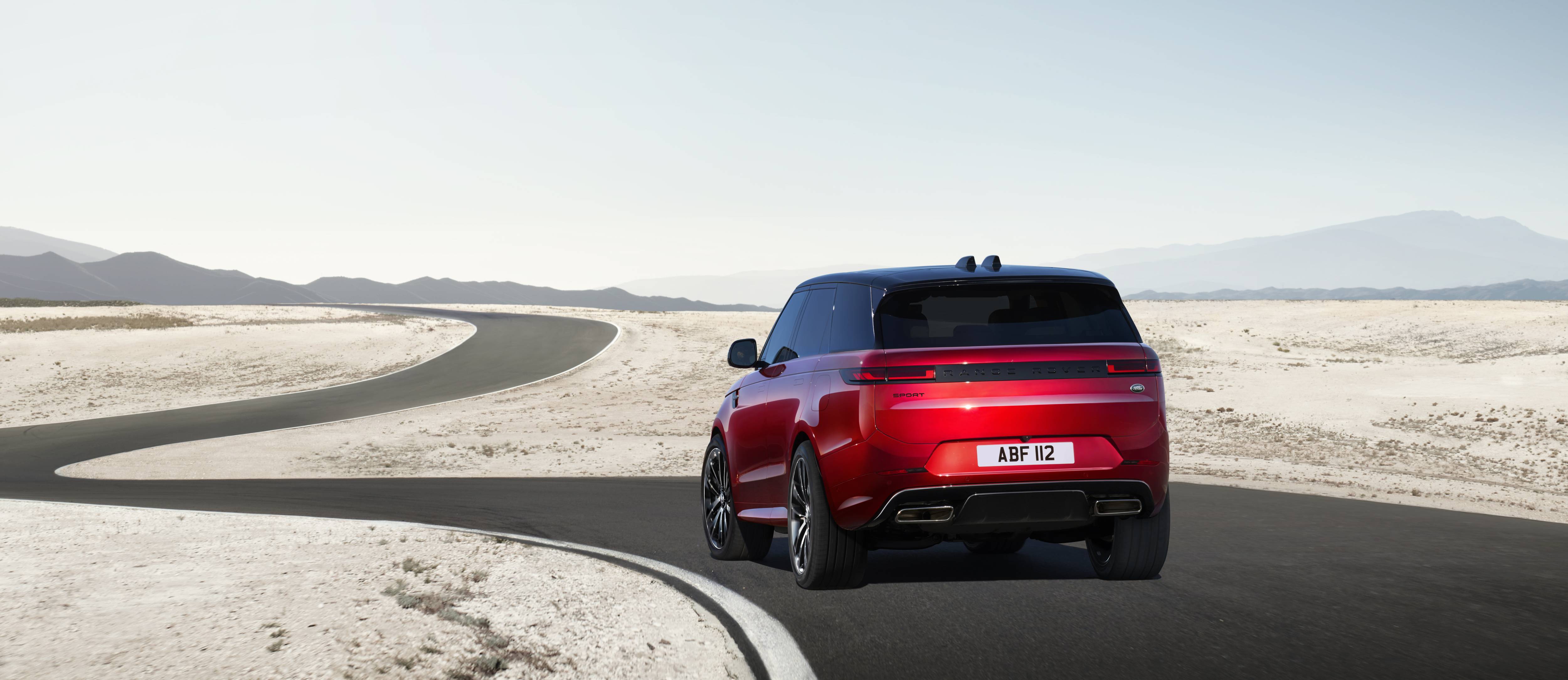
This is generation three. Whereas the flagship Range Rover is pushing ever further upmarket and transforming itself into a real competitor for Rolls-Royce, Bentley, and Maybach, the Sport’s targets are somewhat faster moving. For now, ultra-performance SUVs are still big sellers – the Aston Martin DBX, Lamborghini Urus, Porsche Cayenne, and forthcoming Ferrari Purosangue to name but four.
Crucially, for the most part, these cars rely on traditional engines, not electric powertrains – even hybrid performance SUVs are thin on the ground. The next generation – in the form of the Lotus Eletre and others – is readying itself in the wings.

As a result, the Range Rover Sport is designed to have its cake and eat it. From the outset, there’ll be a plug-in hybrid, a mild hybrid petrol and diesel, as well as a high-performance twin-turbo V8. Come 2024, there’ll be a pure EV as well. Whether this model’s sporting character can be sustained across such a broad range of powertrains remains to be seen.
For now, all we have to go on is the design. In truth, this is more evolutionary rather than revolutionary. Around three-quarters of a million Sports have been built so far, so the formula isn’t due for a shake-up – just yet. The new car shares the same basic proportions as its predecessors, with a relatively shallow glasshouse and steeply raked windscreen (as opposed to the more upright stance of the larger Range Rover). The most obvious visual difference is a general smoothing out of the lines, with a flush glasshouse and door handles, and slimmer lights and grilles at the front. The rear elevation gets the most dramatic overhaul, with a sleeker, more minimal layout that adheres to the company’s much-vaunted ‘modernist philosophy’ of design.
Wallpaper* Newsletter
Receive our daily digest of inspiration, escapism and design stories from around the world direct to your inbox.
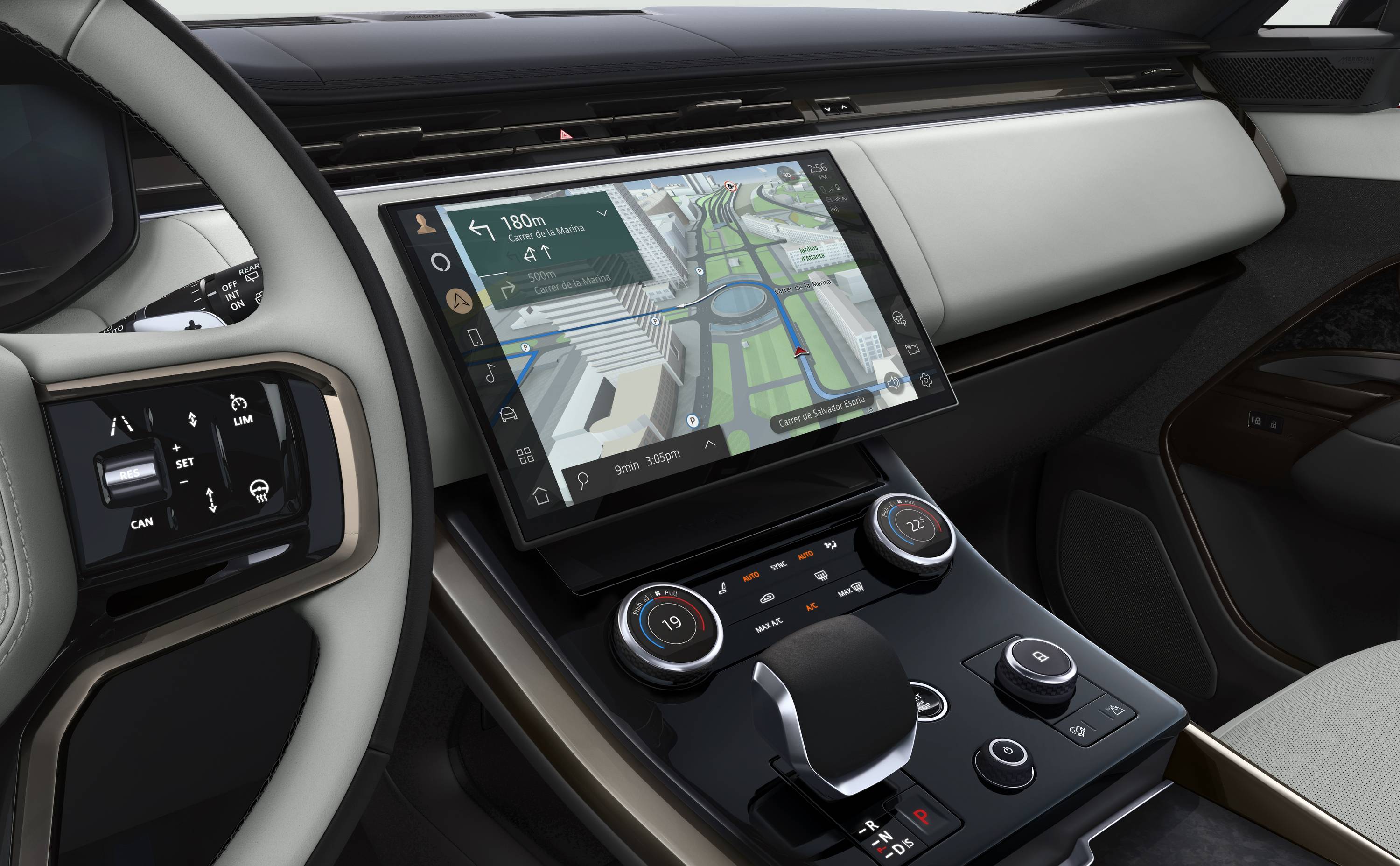
Inside, the dashboard splices screens and buttons to functional effect, with the full raft of Range Rover’s off-road functions still very much present and correct. It’s regularly pointed out that the more luxurious and lifestyle-orientated the company’s designs get, the less likely they are to be ever taken off-road.
Suffice to say, this reality doesn’t seem to have diminished Range Rover’s desire to make its vehicles truly ‘go-anywhere’, and the Sport continues this tradition. The new ‘Adaptive Off-Road Cruise Control’ system, for example, lets you set your speed over practically any type of terrain on the planet and the car will do the rest (as long as you remember to steer).

The 2023 Range Rover Sport promises to be all things to everyone, in other words. Most usefully, perhaps, is the real-world range of 460 miles that the plug-in hybrid model delivers.
Sporting luxury is all very well, but the ability to travel far and wide will always be a strong selling point.
INFORMATION
New Range Rover Sport, from £79,125
Jonathan Bell has written for Wallpaper* magazine since 1999, covering everything from architecture and transport design to books, tech and graphic design. He is now the magazine’s Transport and Technology Editor. Jonathan has written and edited 15 books, including Concept Car Design, 21st Century House, and The New Modern House. He is also the host of Wallpaper’s first podcast.
-
 Put these emerging artists on your radar
Put these emerging artists on your radarThis crop of six new talents is poised to shake up the art world. Get to know them now
By Tianna Williams
-
 Dining at Pyrá feels like a Mediterranean kiss on both cheeks
Dining at Pyrá feels like a Mediterranean kiss on both cheeksDesigned by House of Dré, this Lonsdale Road addition dishes up an enticing fusion of Greek and Spanish cooking
By Sofia de la Cruz
-
 Creased, crumpled: S/S 2025 menswear is about clothes that have ‘lived a life’
Creased, crumpled: S/S 2025 menswear is about clothes that have ‘lived a life’The S/S 2025 menswear collections see designers embrace the creased and the crumpled, conjuring a mood of laidback languor that ran through the season – captured here by photographer Steve Harnacke and stylist Nicola Neri for Wallpaper*
By Jack Moss
-
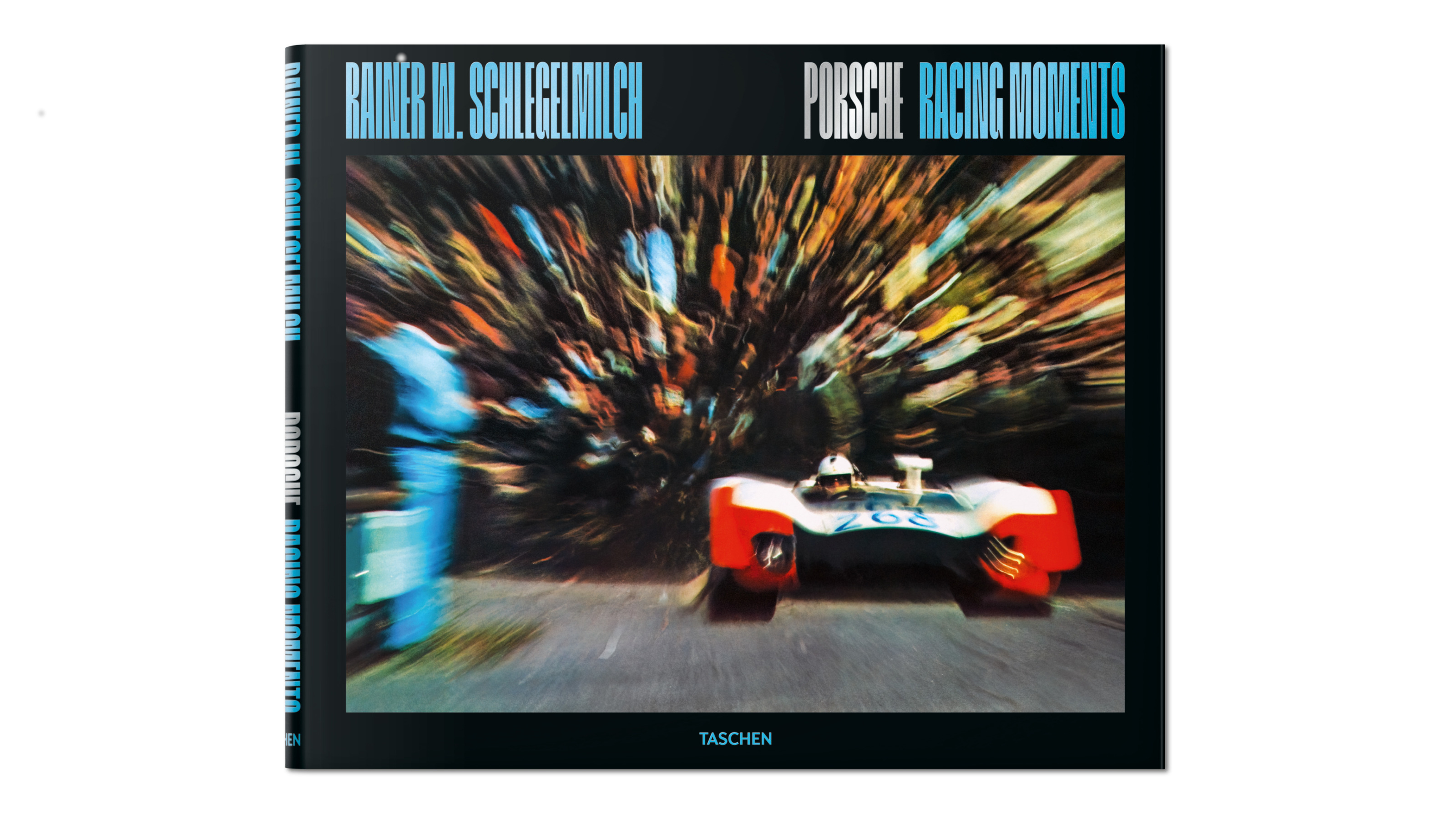 Rainer W. Schlegelmilch's Porsche photography showcases the aesthetics of speed
Rainer W. Schlegelmilch's Porsche photography showcases the aesthetics of speedTaschen's new edition of Rainer W. Schlegelmilch’s collected imagery from a quarter of a century spent following Porsche racing highlights historical machines, emotive camera technique and major moments on the track
By Jonathan Bell
-
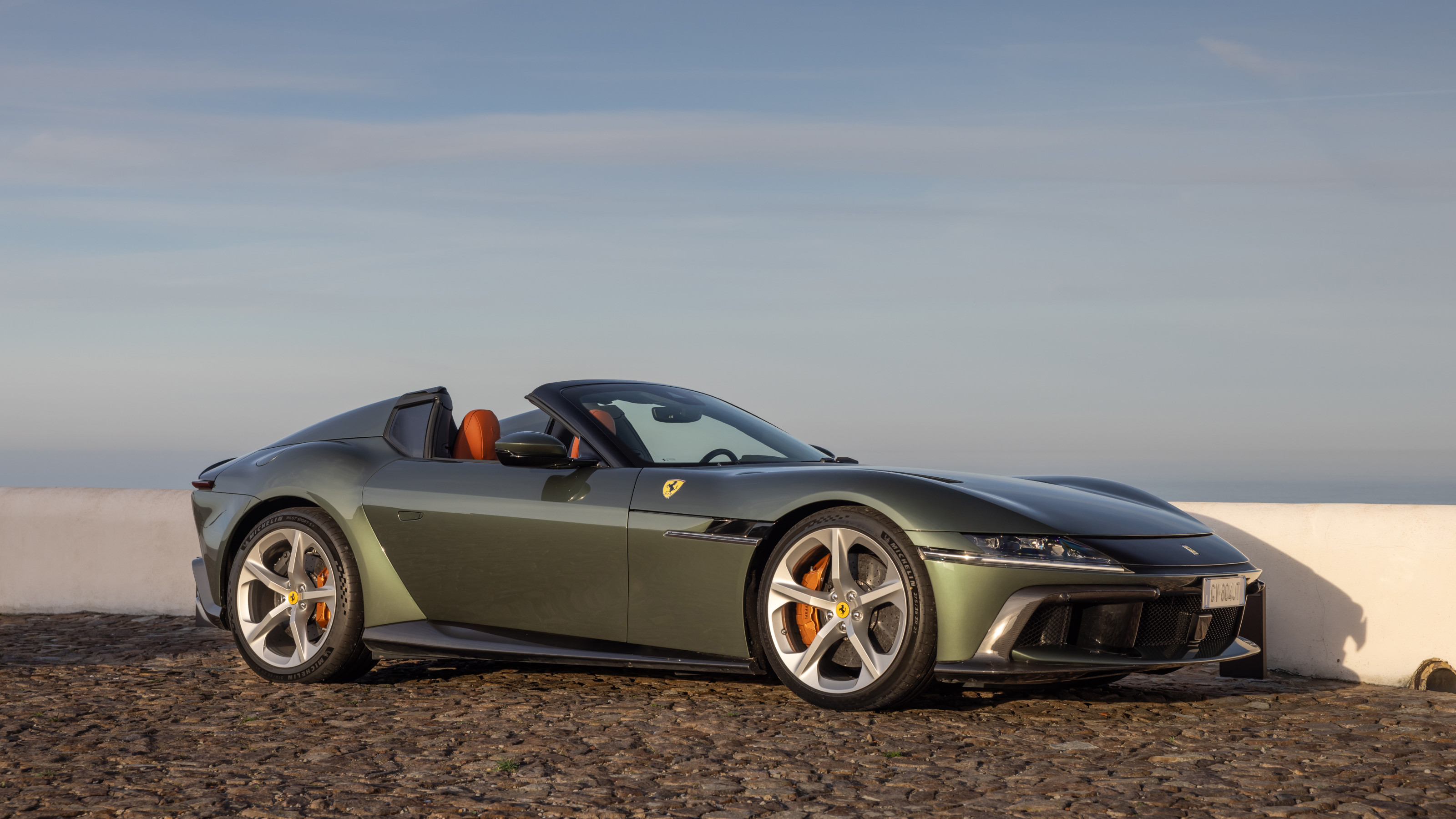 Ferrari drops the top on its mighty 12Cilindri super coupe to create the elegant Spider
Ferrari drops the top on its mighty 12Cilindri super coupe to create the elegant SpiderWe drive the new Ferrari 12Cilindri Spider, a last and glorious hurrah for the sound of the V12
By Jonathan Bell
-
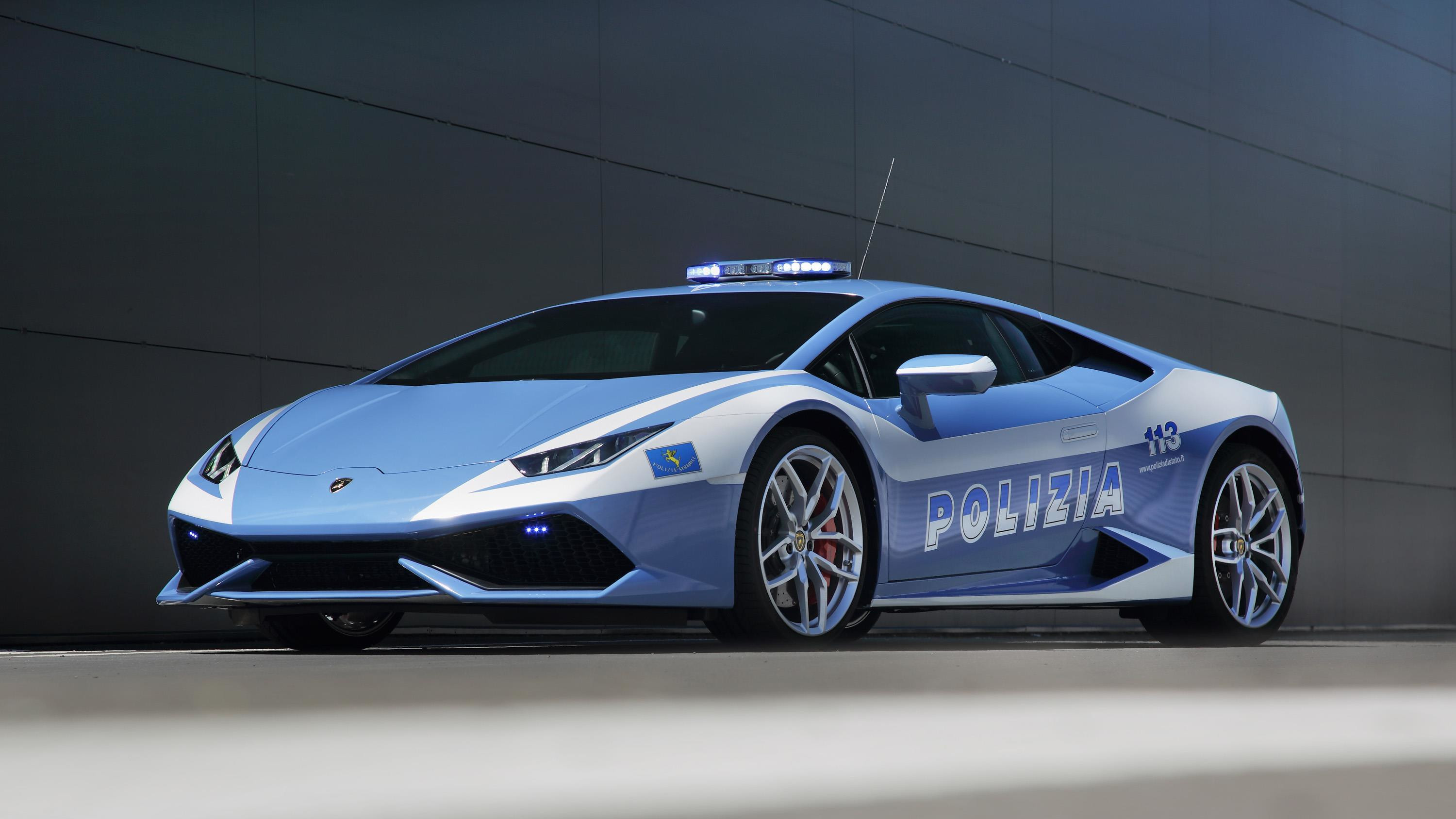 Lamborghini, fast friends with the Italian State Police for two decades
Lamborghini, fast friends with the Italian State Police for two decadesWhen the Italian police need to be somewhere fast, they turn to a long-running partnership with one of the country’s most famed sports car manufacturers, Lamborghini
By Shawn Adams
-
 Are these the most luxurious Land Rovers ever? Welcome to the refined world of Helderburg
Are these the most luxurious Land Rovers ever? Welcome to the refined world of HelderburgEast Coast Land Rover specialists Helderburg are committed to the very best, transforming the classic British utility vehicle into bespoke individual creations
By Jonathan Bell
-
 Michael Mauer on two decades at the helm of Porsche’s design
Michael Mauer on two decades at the helm of Porsche’s designPorsche’s signature style has diversified in recent years, thanks to the design leadership of Michael Mauer. We caught up with him to reflect on his 20 years in the hot seat
By Rory FH Smith
-
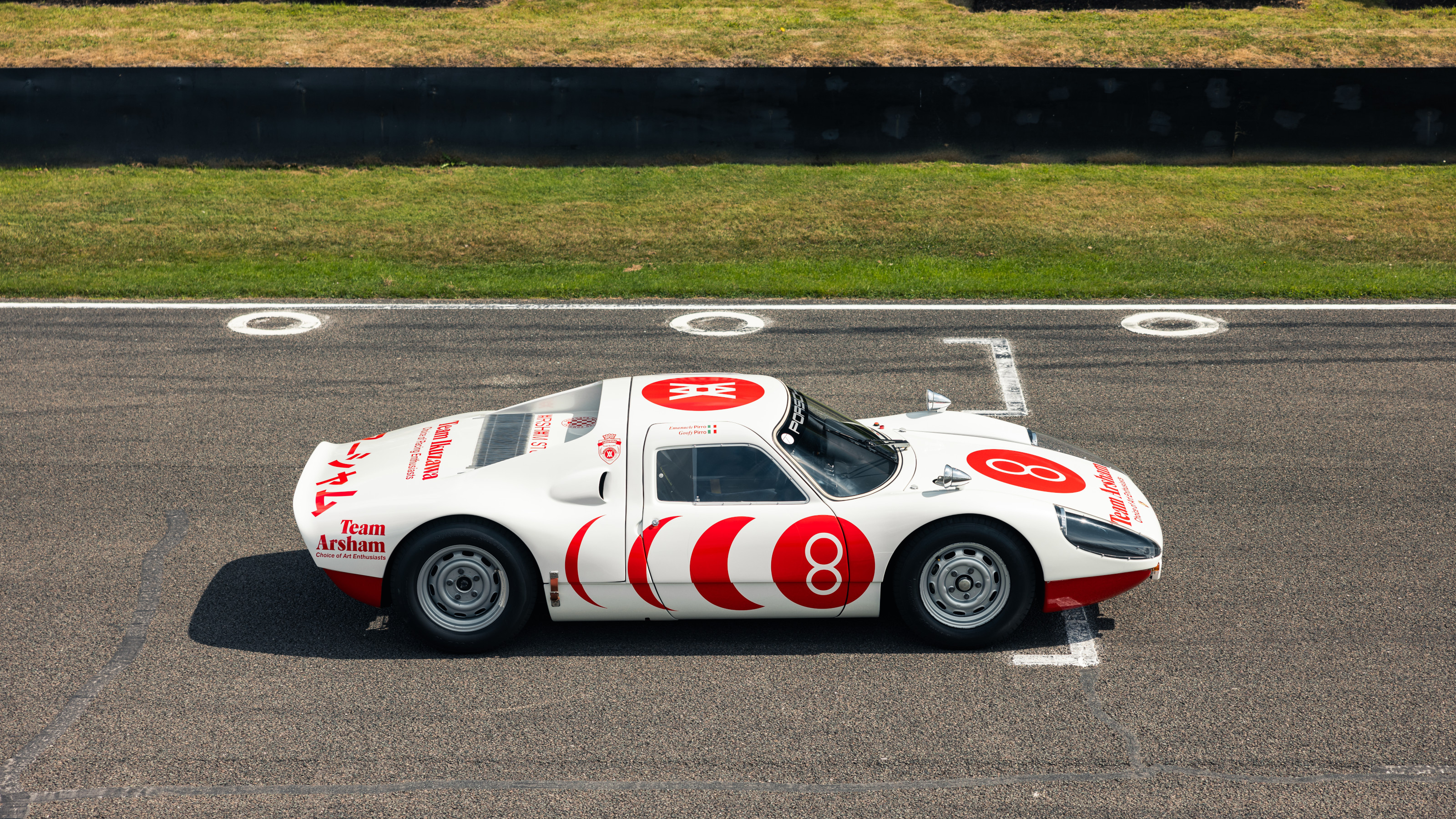 Team Ikuzawa brings the art of Daniel Arsham to motorsport
Team Ikuzawa brings the art of Daniel Arsham to motorsportCreative director Mai Ikuzawa has overseen a new capsule clothing collection, a collaboration with artist Daniel Arsham that also honours her racing driver father Tetsu Ikuzawa
By Josh Sims
-
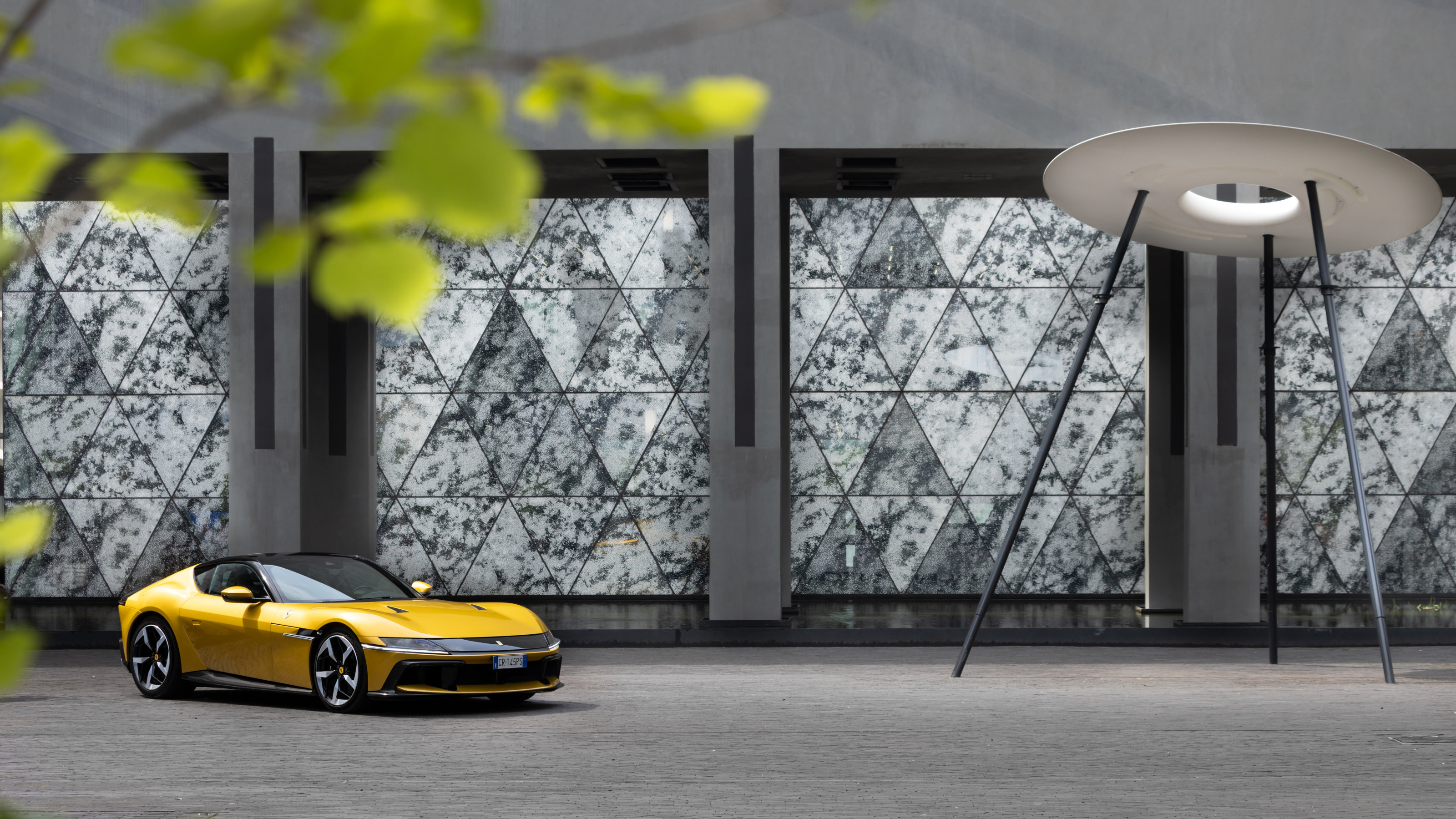 The Ferrari 12Cilindri is the ultimate expression of the marque’s greatest engine
The Ferrari 12Cilindri is the ultimate expression of the marque’s greatest engineWe sample Ferrari's latest, the mighty front-engined grand tourer that bears a simple descriptive name, 12Cilindri
By Rory FH Smith
-
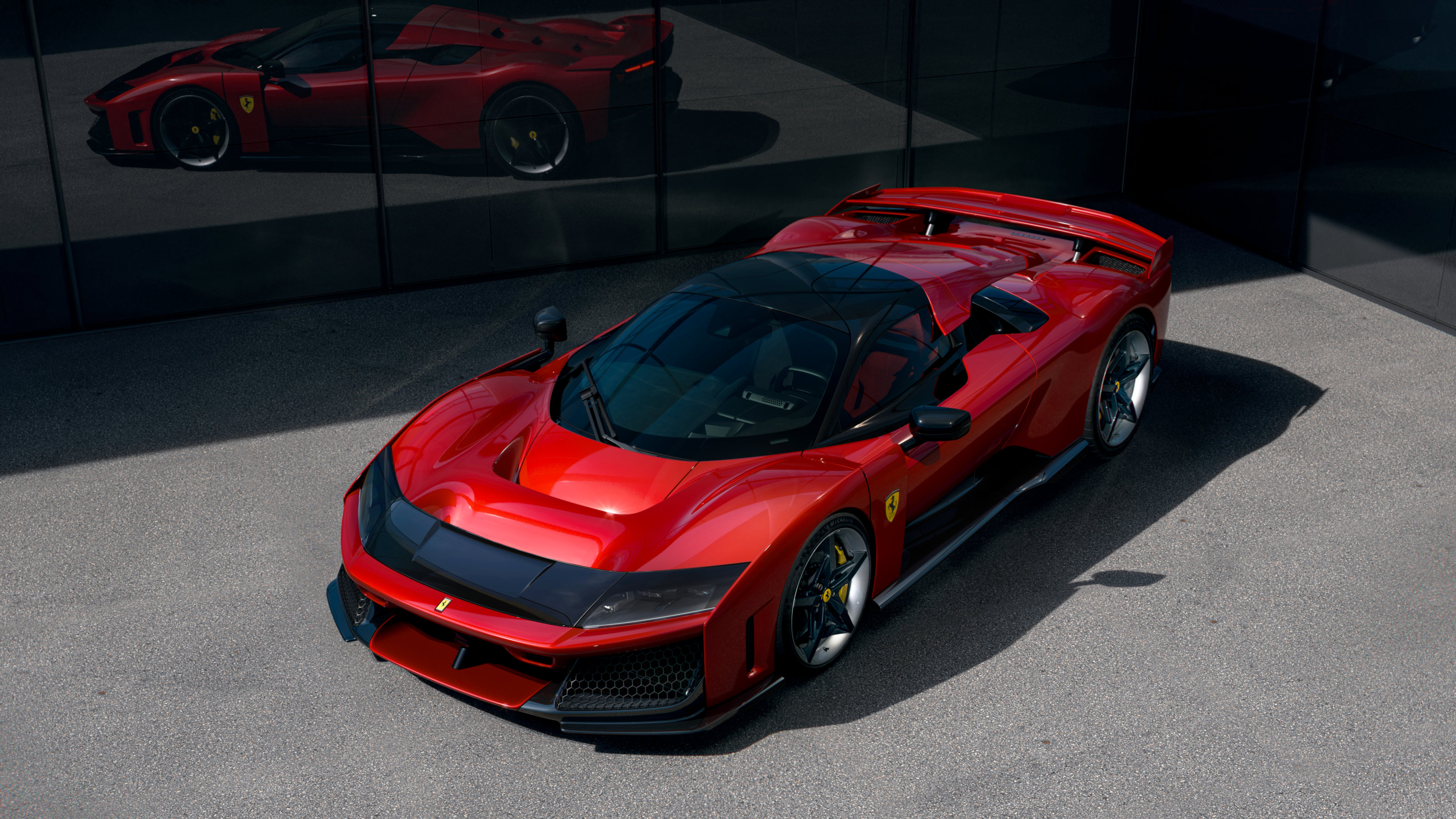 The Ferrari F80 continues the company's tradition of using supercars to showcase tech
The Ferrari F80 continues the company's tradition of using supercars to showcase techJust 799 examples of Ferrari’s ferociously complex and high-tech styled F80 will be made, helping give shape to the sports cars of tomorrow
By Jonathan Bell